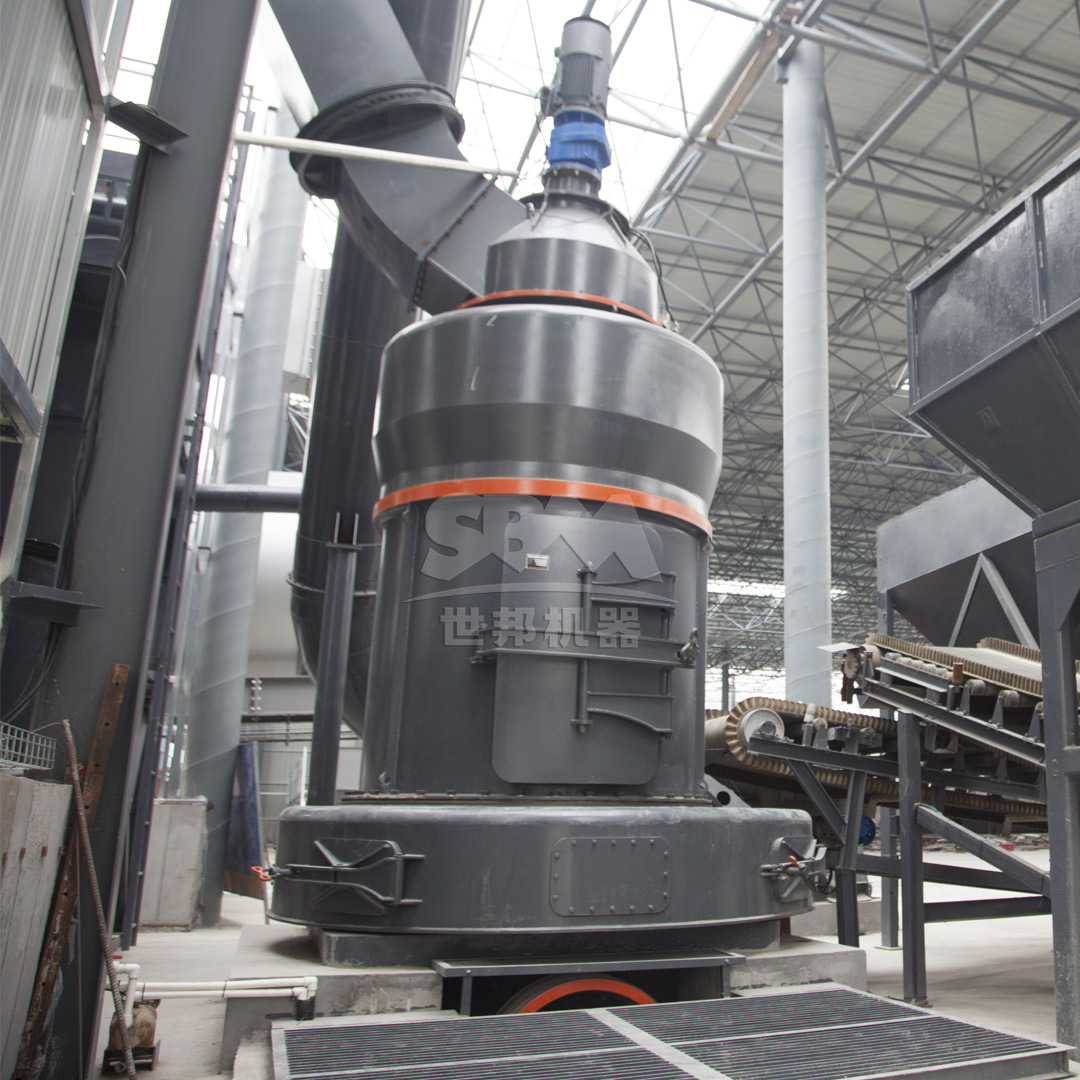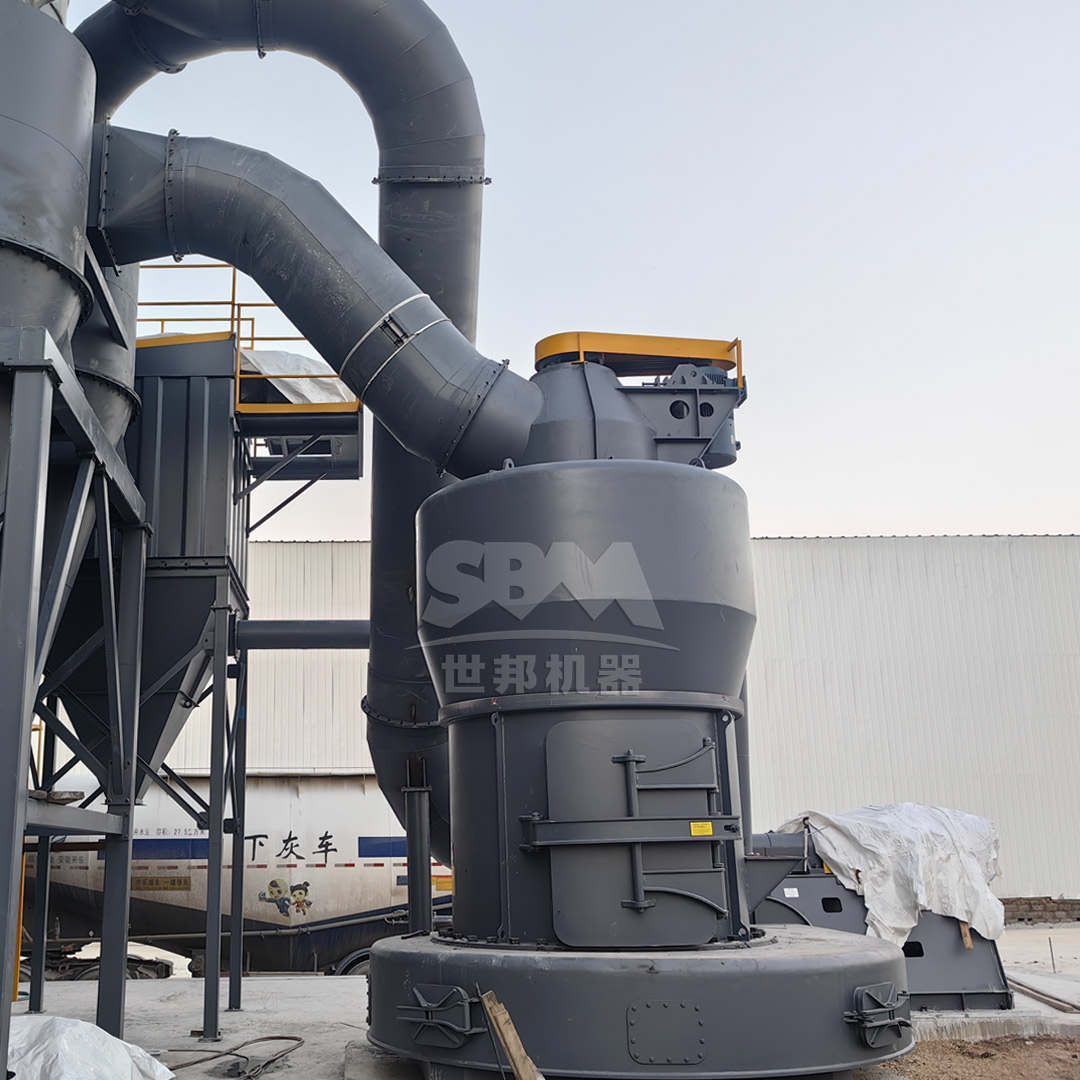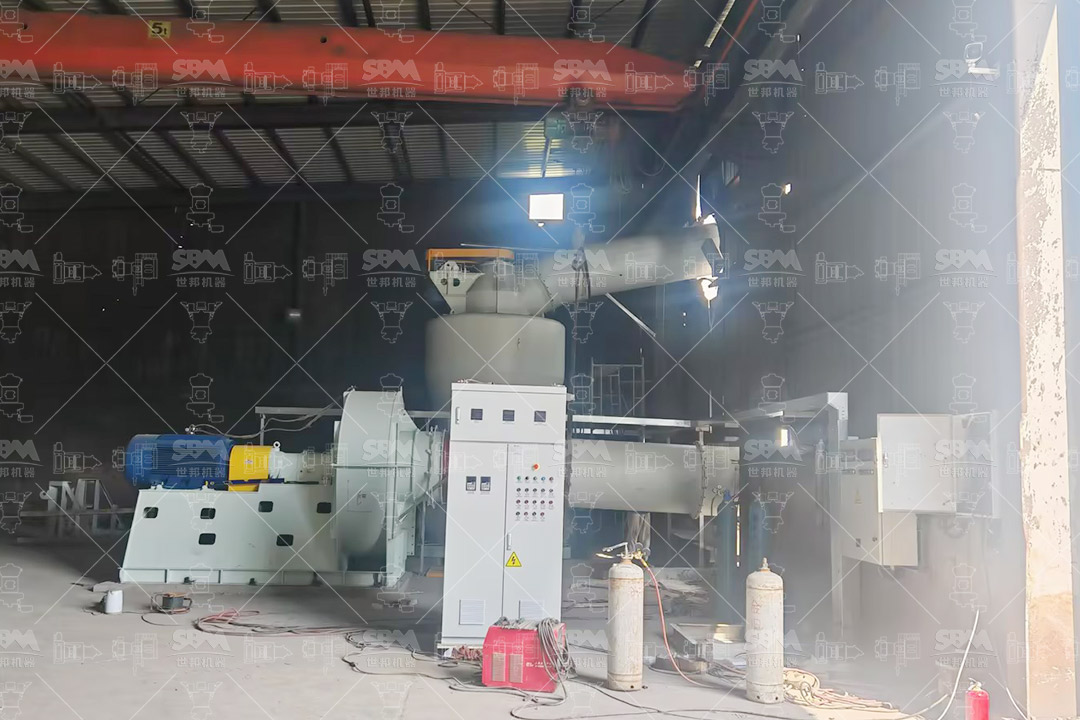In the rapidly evolving landscape of battery and electronics manufacturing, graphite has emerged as a material of strategic importance. From lithium-ion battery anodes to thermal management solutions in consumer electronics, the performance characteristics of graphite powders directly influence product efficiency, longevity, and safety. The manufacturing processes for these advanced applications demand graphite powders with precisely controlled particle size distribution, high purity levels, and consistent morphological properties. This article explores how advanced grinding technologies are revolutionizing graphite processing for next-generation electronic devices and energy storage systems.

The transition to higher energy density batteries and more compact electronic devices has created increasingly stringent requirements for graphite materials. Battery manufacturers typically require graphite powders with D50 values between 10-20 micrometers for optimal performance in anode formulations. The particle size distribution must be tightly controlled to ensure uniform coating thickness and maximize energy density. Additionally, contaminants such as iron particles must be minimized to prevent internal short circuits and capacity fade over charge cycles.
For thermal interface materials used in smartphones, laptops, and high-performance computing, even finer graphite flakes with aspect ratios exceeding 100:1 are necessary to create efficient heat conduction pathways. These applications typically require powders in the 5-45 micrometer range with specific surface area characteristics that facilitate dispersion in polymer matrices while maintaining thermal conductivity.
Graphite presents unique challenges in size reduction processes due to its layered crystal structure and lubricating properties. The hexagonal lattice of carbon atoms forms strong covalent bonds within layers but weak van der Waals forces between layers, creating anisotropic mechanical properties. This structural characteristic makes graphite prone to delamination rather than fracturing, which can lead to excessive fines generation if not properly controlled.
Traditional grinding approaches often struggle to maintain the platelet structure of natural and synthetic graphite while achieving the required fineness. Impact-based mills tend to destroy the desirable flake morphology, while attrition mills may introduce unacceptable levels of contamination from grinding media. The ideal grinding system must apply predominantly compressive forces to exfoliate graphite layers while minimizing abrasive wear on equipment components.
Another significant challenge is the tendency of fine graphite particles to agglomerate due to van der Waals forces and electrostatic attraction. This can lead to clogging in collection systems and inconsistent product quality. Effective grinding systems must incorporate dispersion mechanisms that prevent particle re-agglomeration throughout the process.

Graphite’s high thermal conductivity is beneficial in final applications but presents challenges during processing. The material can rapidly conduct heat generated during grinding to sensitive mechanical components. Additionally, fine graphite powders dispersed in air can create explosive mixtures under certain conditions, requiring specialized safety systems including inert gas blanketing and explosion venting.
Modern graphite processing facilities employ specialized milling equipment designed to address the unique characteristics of carbon materials while meeting the stringent quality requirements of battery and electronics manufacturers. These systems typically integrate multiple process steps including pre-crushing, fine grinding, classification, and collection in a single, automated package.
For applications requiring the finest particle sizes, such as conductive additives and specialty lubricants, ultrafine grinding mills offer distinct advantages. These systems employ advanced classification technology to precisely control the top size of the product while minimizing energy consumption. The integration of high-efficiency classifiers allows real-time adjustment of product fineness without requiring system shutdowns.
Our SCM Ultrafine Mill represents a technological breakthrough in graphite processing, specifically engineered to meet the demanding requirements of battery-grade materials. With an output fineness range of 325-2500 mesh (D97≤5μm) and processing capacity of 0.5-25 tons per hour depending on model specification, this system delivers exceptional performance for high-value graphite applications. The vertical turbine classifier ensures precise particle size control with no coarse powder contamination, while the specially designed grinding elements minimize iron contamination—a critical consideration for battery applications.
| Model | Processing Capacity (ton/h) | Main Motor Power (kW) | Output Fineness (mesh) |
|---|---|---|---|
| SCM800 | 0.5-4.5 | 75 | 325-2500 |
| SCM900 | 0.8-6.5 | 90 | 325-2500 |
| SCM1000 | 1.0-8.5 | 132 | 325-2500 |
| SCM1250 | 2.5-14 | 185 | 325-2500 |
| SCM1680 | 5.0-25 | 315 | 325-2500 |
For large-scale production of graphite powders for less demanding applications, vertical roller mills offer significant advantages in energy efficiency and operational costs. These systems employ a bed compression grinding principle that minimizes direct metal-to-metal contact, reducing wear and contamination. The integrated drying capability allows processing of graphite with higher moisture content without requiring separate drying equipment.
Our LM Series Vertical Roller Mill provides an ideal solution for high-volume graphite production with output fineness ranging from 30-325 mesh (special models to 600 mesh) and capacities from 3-250 tons per hour. The concentrated design integrates crushing, grinding, and separation functions, reducing footprint requirements by 50% compared to traditional systems. For battery manufacturers requiring intermediate fineness with maximum production efficiency, the LM series delivers energy consumption 30-40% lower than ball mill systems while maintaining consistent product quality.

With increasing focus on the environmental footprint of battery manufacturing, energy efficiency in graphite processing has become a competitive differentiator. Advanced grinding systems incorporate multiple technologies to minimize specific energy consumption while maintaining product quality.
The most significant energy savings come from selecting the appropriate comminution principle for the target particle size distribution. Our SCM Ultrafine Mill achieves energy consumption 30% lower than conventional jet mills while providing twice the processing capacity. This is accomplished through optimized grinding element geometry that maximizes pressure application while minimizing friction losses.
Modern grinding systems incorporate sophisticated control algorithms that continuously optimize operating parameters based on feed material characteristics and product specifications. These systems automatically adjust classifier speed, grinding pressure, and feed rate to maintain consistent product quality while minimizing energy consumption during transitions between different graphite grades.
Maintaining product purity is paramount in graphite processing for electronic applications, where metallic contaminants can severely impact performance and reliability. Advanced grinding systems address this challenge through multiple design features.
Critical wear components in our SCM Ultrafine Mill utilize specialized materials with hardness and toughness properties selected specifically for graphite processing. The grinding rollers and rings are manufactured from high-chromium alloys with exceptional abrasion resistance, extending service life by several times compared to conventional materials. The bearing-free screw grinding chamber design eliminates a potential source of lubricant contamination.
The integration of high-precision air classifiers represents a significant advancement in contamination control. By preventing oversize particles from entering the product stream, these systems eliminate the need for subsequent screening operations that can introduce metallic contamination. Our vertical turbine classifiers provide sharp cuts with no coarse powder mixing, ensuring uniform product quality batch after batch.
A leading battery manufacturer recently upgraded their graphite processing line with our SCM1000 Ultrafine Mill to address quality consistency issues with their existing jet mill system. The transition resulted in several measurable improvements:
| Parameter | Previous System | SCM1000 System | Improvement |
|---|---|---|---|
| Specific Energy Consumption | 85 kWh/ton | 58 kWh/ton | 32% reduction |
| Iron Contamination | 125 ppm | 38 ppm | 70% reduction |
| Particle Size Consistency (D90) | ±3.2 μm | ±1.1 μm | 66% improvement |
| Production Capacity | 5.2 ton/h | 7.8 ton/h | 50% increase |
The improved particle size control directly translated to more consistent electrode coating thickness, resulting in a 12% increase in battery capacity consistency across production batches. The reduction in iron contamination extended cycle life by approximately 15% in accelerated testing protocols.
The evolution of graphite grinding technology continues to align with emerging requirements from the battery and electronics industries. Several key trends are shaping the development of next-generation grinding systems.
For premium battery anode materials, spherical graphite offers superior packing density and electrochemical performance. Advanced grinding systems are increasingly being integrated with spheroidization technology to create single-step processes that convert raw graphite into optimized spherical particles with controlled size and morphology.
The implementation of AI-based optimization algorithms represents the next frontier in grinding technology. These systems can predict optimal operating parameters based on raw material characteristics and continuously adapt to changing conditions, further improving energy efficiency and product consistency while reducing operator intervention.
As battery manufacturers expand production capacity in phases, modular grinding systems that can be easily scaled provide significant advantages in capital efficiency. Our grinding equipment is designed with this requirement in mind, allowing capacity expansion with minimal disruption to existing operations.
The critical importance of graphite in modern energy storage and electronic devices has driven significant advancements in grinding technology. Modern grinding systems like our SCM Ultrafine Mill and LM Series Vertical Roller Mill deliver the precise particle size control, contamination prevention, and energy efficiency required by today’s demanding applications. As battery technology continues to evolve toward higher energy densities and faster charging capabilities, the role of advanced comminution technology in enabling these improvements will only grow in importance. Manufacturers who invest in state-of-the-art grinding systems position themselves to lead in the competitive landscape of advanced materials production.